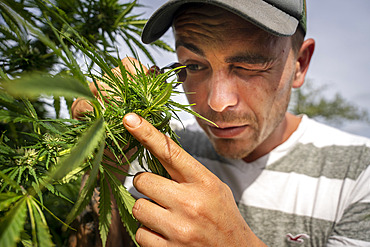Results
1 results found
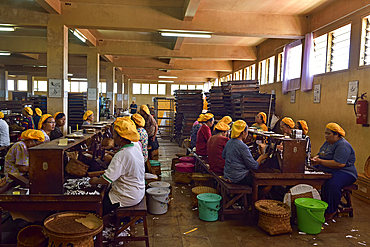
Women workers at Tapel Koeda Kretek (Clove Cigarette) Factory at Juwana, Java island, Indonesia, Southeast Asia, Asia
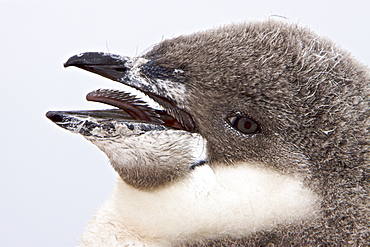
Chinstrap penguin (Pygoscelis antarctica) chick head detail at colony on Useful Island near the Antarctic Peninsula. There are an estimated 2 million breeding pairs of chinstrap penguins in the Antarctic peninsula region alone, perhaps as many as 7.5 million breeding pairs in all of Antarctica. Their name derives from the narrow black band under their heads which makes it appear as if they are wearing black helmets, making them one of the most easily identified types of penguin. Other names for them are "Ringed Penguins", "Bearded Penguins", and "Stonecracker Penguins" due to their harsh call. They grow to 68 cm (27 in). The average adult weight of a Chinstrap Penguin is 4.5 kg (10 lbs). Weight can range from 3 to 6 kg (6.6-13.2 lbs), with males being slightly larger and weight varying based on where the penguin is in the breeding cycle. Their diet consists of krill, shrimp, and fish. On land they build circular nests from stones, and lay two eggs, which are incubated by both the male and the female for shifts of five to ten days. They can also breed on icebergs, though they prefer non-icy conditions. The chicks hatch after about 35 days, and have fluffy gray backs and white fronts. The chicks stay in the nest for 20?30 days before they go to join a creche. At around 50?60 days old, they moult, gaining their adult plumage and go to sea. The Chinstrap Penguin was first described by German naturalist Forster in 1781. Its specific epithet was often seen as antarctica, however a 2002 review determined the genus Pygoscelis was masculine, and hence the correct binomial name is Pygoscelis antarcticus.
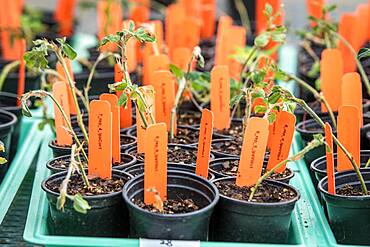
Tray contains plastic potters with flag markers identifying specific peanut plants, Tifton, Georgia.

Water jet technology, precise technology for cutting metal with a high pressure water jet, where an abrasive material is added to the water, Waterjet company, Aarwangen, Switzerland, Europe

Water jet technology, precise technology for cutting metal with a high pressure water jet, where an abrasive material is added to the water, Waterjet company, Aarwangen, Switzerland, Europe
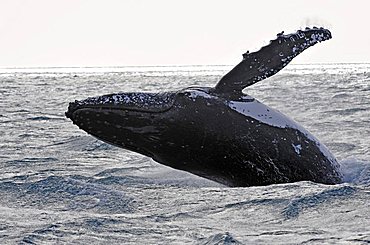
Species-specific breach, breaching, jumping with a twist, humpback whale (Megaptera novaeangliae), Hervey Bay, Queensland, Australia
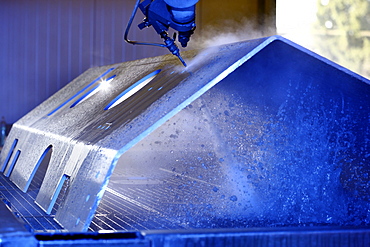
Water jet technology, precise technology for cutting metal with a high pressure water jet, where an abrasive material is added to the water, Waterjet company, Aarwangen, Switzerland, Europe

Water jet technology, precise technology for cutting metal with a high pressure water jet, where an abrasive material is added to the water, Waterjet company, Aarwangen, Switzerland, Europe
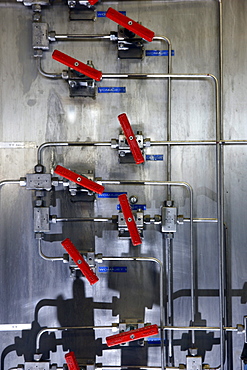
Pressure lines, water jet technology, precise technology for cutting metal with a high pressure water jet, where an abrasive material is added to the water, Waterjet company, Aarwangen, Switzerland, Europe

Water jet technology, precise technology for cutting metal with a high pressure water jet, where an abrasive material is added to the water, Waterjet company, Aarwangen, Switzerland, Europe
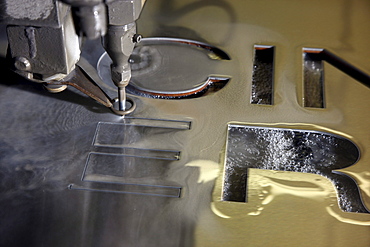
Water jet technology, precise technology for cutting metal with a high pressure water jet, where an abrasive material is added to the water, Waterjet company, Aarwangen, Switzerland, Europe
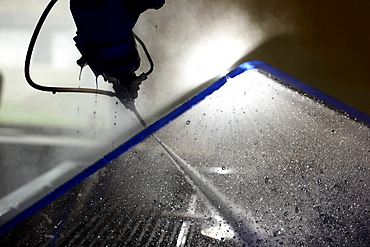
Water jet technology, precise technology for cutting metal with a high pressure water jet, where an abrasive material is added to the water, Waterjet company, Aarwangen, Switzerland, Europe
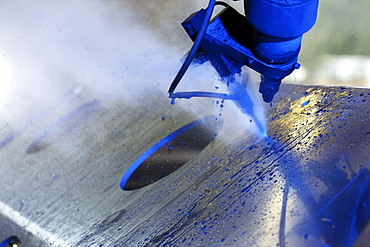
Water jet technology, precise technology for cutting metal with a high pressure water jet, where an abrasive material is added to the water, Waterjet company, Aarwangen, Switzerland, Europe

Male Ruffed Grouse (Bonasa Umbellus) With Tail Feathers And Neck Ruff Extended In Courtship Display, Late Winter, Fairbanks, Alaska, United States Of America
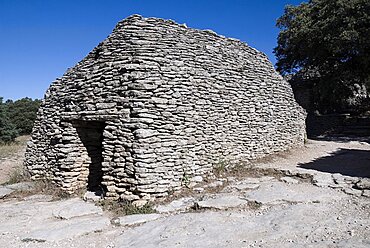
Abandoned primitive village near Gordes comprising of small huts made from overlapping stone, each with a specific function, Le Village des Bories, Provence, France Europe
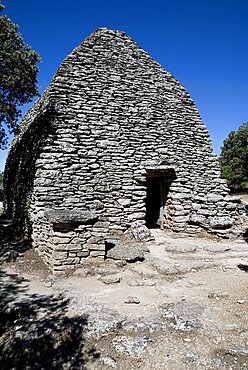
Stone barn in ancient village comprising of mortarless stone beehive shaped huts or bories, each with a specific function, the village was restored in 1976, Le Village des Bories, near Gordes, Provence, France, Europe
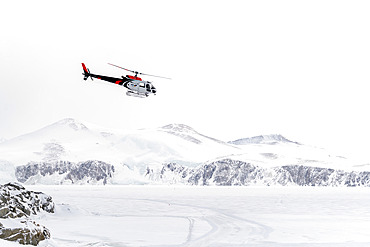
A German BGR helicopter used in Terre Victoria to transport geologists to specific research points. These are one-off scientific programs, involving the collaboration of several countries, in this case Germany and Italy. The Germans set up a base camp several dozen kilometers from the Italian Mario Zucchelli station, using Italian logistical resources such as the Laura Bassi icebreaker to transport the helicopter, the equipment needed to set up the base camp, scientific equipment and, of course, personnel. All of this was delivered to the Mario Zucchelli station for onward transport by helicopter to the search site. Victoria Land, Antarctica

Concordia staff on their knees helping a person lying on a stretcher. Helped by a snowmobile. Rescue exercise in the event of an accident involving several victims. These frequent exercises are supervised by the doctor. All the resort's winter residents are assigned a very specific role in the event of an accident, illness or fire. A redundancy system allows this system to function in the event of one or more winterers failing to respond. Concordia Antarctic Research Station, Dome C plateau, East Antarctica.

